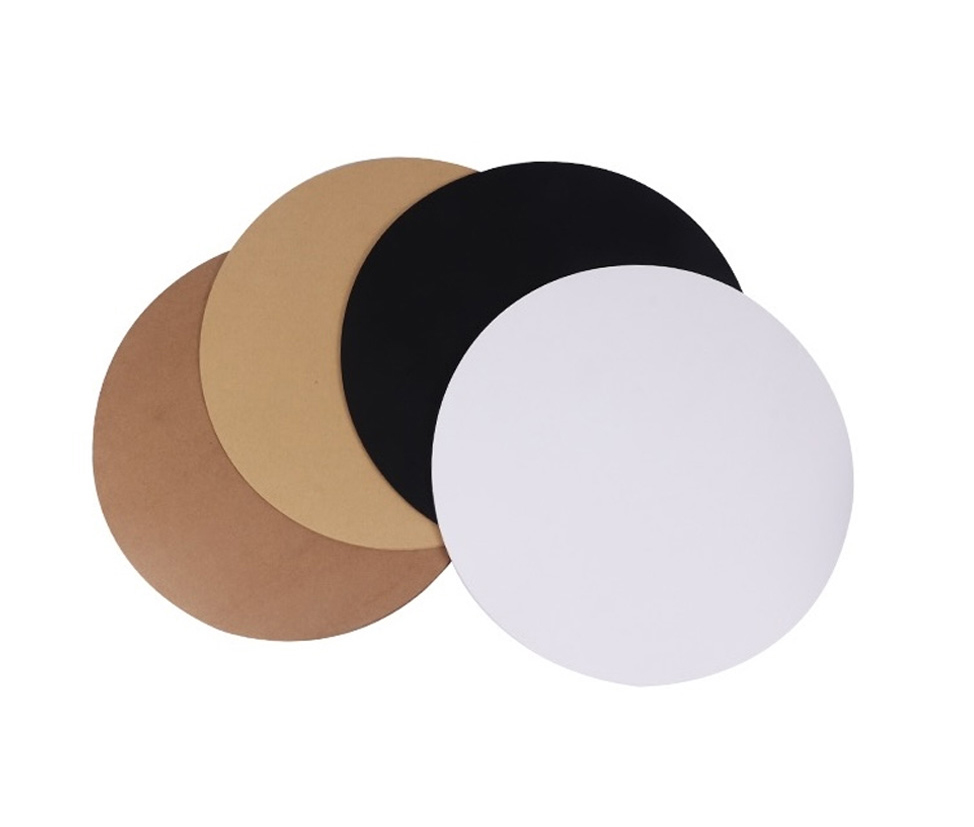4 Reasons to Choose Chipboard Instead of Corrugated Cardboard
Corrugated cardboard is like that one oddity your car has. You know – when A/C clicks every time it turns on, or the rear left window sticks. You’re used to it and it still does the job, but it may be time to consider other solutions.
Corrugated cardboard is like that one oddity your car has. You know – when A/C clicks every time it turns on, or the rear left window sticks. You’re used to it and it still does the job, but it may be time to consider other solutions.

#1: CHIPBOARD HELPS KEEP BUGS AWAY
No one wants to think of opening up a package to find insects inside. But the wavy structure inside corrugated boxes can create the perfect hiding spot for pests, which can burrow in and hitch a ride from the warehouse to your house.
According to one 2016 case report, “Corrugated cardboard boxes may accelerate the spread of these insect vectors to non-endemic areas through their ability to harbor and transport small terrestrial arthropods such as silverfish, termites, and cockroaches.”
Chipboard helps alleviate this issue because it’s flat, so there’s nowhere for bugs (or additional dust or dirt) to hide. This also makes it a more hygienic choice for shipping things like food and personal care products.
#2: CHIPBOARD HAS LOWER SHIPPING COSTS
Because it’s flat, chipboard is thinner and lighter than corrugate. That means it will be cheaper to ship.
For comparison, 6,000 sheets of chipboard will fit on between 2-3 pallets. To ship 6,000 sheets of corrugate, you’d need about 24 pallets.
With rising fuel and shipping costs, why pay more for corrugated when chipboard can do the same thing?
#3: CHIPBOARD HELPS FREE UP WAREHOUSE SPACE
You’ve probably already realized that fewer pallets of chipboard not only mean lower shipping costs, but less space taken up in your warehouse.
Recent reports show that leased warehouse space is about $7.86 per square foot right now. Ideally, you want more of that space used for products and less for packaging. Reducing the number of pallets of corrugate and replacing it with chipboard can help keep your warehouse freed up for what really matters.
#4: CHIPBOARD IS MORE COST-EFFECTIVE
Finally, to put all the pieces together, chipboard is more cost-effective than corrugated. And that’s not only for the reasons mentioned above, but it’s cheaper overall.
A chipboard pad can be up to 35 percent less than a comparable corrugated pad.